Today, I have a real treat to share with you. I’ve recently had the honor of a Q&A session with Leah Bernstein who is the President of the top island record producer, Mountain Apple Company. In case you’re not familiar with Mountain Apple Company, here’s some impressive facts about them:
The Mountain Apple Company is involved in almost every facet of the music and entertainment industry, including publishing, producing, recording, distributing, and staging performances for scores of Island musicians and entertainers. As a record company, The Mountain Apple Company produces and markets the best-selling recorded music in the history of Hawai‘i. Its music publishing division contains the most extensive Hawaiian and Polynesian music library in the world.
Whoa! Impressive, huh?!
I’m extremely honored that Leah would be so gracious and kind to spend the time to answering questions for us about Hawaiian music. So, let’s get started!
Go Visit Hawaii: Why do you think so many people fall in love with Hawaiian music?
Leah Bernstein: When visitors arrive on our shores, they normally let out a sigh of relief, Was it just the run up to vacation that caused the sigh? Was it the long plane ride? Is it that they just need to relax and their body and mind are finally accepting of relaxation? Whatever it is, they are also listening to Hawaiian music and they immediately and subconsciously associate their relaxation with the music of Hawaii.
For locals its part of the fabric of society. Music is part of almost everything Hawaiian.
Go Visit Hawaii: What are the trends and influences of modern Hawaiian music?
Leah Bernstein: Western music often leads the way in influencing Hawaiian musicians. The renaissance that occurred in the 70’s was the direct reflection of the young musicians listening to the sounds of Rock n Roll, folk music, jazz, etc. Hawaiian music has always absorbed outside influences without compromising their own music.
Go Visit Hawaii: What types of instruments are synonymous with Hawaiian music?
Leah Bernstein: Lipu (gourds), ‘uli‘uli (rattling gourds) pahu drum, nose flute, and in modern day, ukulele, stand up bass and guitar.
Go Visit Hawaii: I’ve heard of modern, traditional, Jawaiian and exotica styles of Hawaiian music among others. Can you help us visitors understand the major styles and what distinguishes each?
Leah Bernstein: Traditional Hawaiian music is an offshoot of melody being brought to the Hawaiian people by the missionary (hymns). Ancient Hawaiian music was chant, and percussive (hence the pahu drums, ipu, ‘uli“uli etc.). Once the western mind arrived on these shores, the Hawaiians were (and continue to be) extremely receptive and adopted melody along with new instrumentation and harmony. Hawaiians discovered in the Christian churches that they had amazing voices and used them differently than they had ever used them before Westerners arrived.
Contemporary Hawaiian music has evolved from the musician incorporating new rhythms, new instruments, new sounds to their traditional mele (song).
Jawaiian music adopts reggae rhythms and has become a dance music vehicle for young people.
Exotica was developed in the 50’s or 60’s, can’t remember off the top of my head and associated with our island culture. It was thought to be a gimmick until the world responded favorably.
Go Visit Hawaii: I’ve heard that Mountain Apple Company has been credited with making IZ famous. Can you share the story behind that?
Leah Bernstein: IZ already had a huge following when he came to Mountain Apple Company from performing with the Makaha Sons of Ni‘ihau. We were able to produce an album with Israel, Facing Future that was widely received throughout the world. While we would love to take credit for Israel’s amazing success story, it was the music that resonated with the public. It’s always the music. To this day, 11 years after his death, his music is in demand for film, TV, and radio commercials, was covered on American Idol this year, played during the Times Square Ball Drop on New Years Eve, played at Tim Russert’s memorial service, etc.
Go Visit Hawaii: Most visitors to Hawaii fall in love with Hawaiian music, but don’t have any idea of how to select albums. What 5 CDs would give a visitor a broad range of Hawaiian music for their collection from classics to something more modern?
Leah Bernstein:
- Israel Kamakawiwo’ole’s (IZ) Facing Future
- Brothers Cazimero Ho’ala
- HAPA Collection
- Amy Hanaiali‘i Hawaiian Tradition
- Various Honolulu Magazine, The 50 Greatest Hawai’i Music Albums Ever (not 50 songs, but a bunch from the great albums). This compilation album selects some of the greatest tunes from Honolulu Magazine’s listing of 50 Greatest Hawai’i Albums of All Time
Many, many thanks, Leah, for your time and expert insight into Hawaiian Music! I know I’ve learned a lot.
Mountain Apple Company has a free online radio station. It’s an excellent place to get to know more about island music and the artists and learn what you like. I love it! In fact, I’ve been listening to it this morning as I’ve been preparing this post.
Mahalo to Nathan who arranged the introduction with Leah!


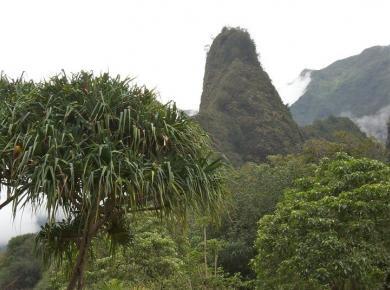
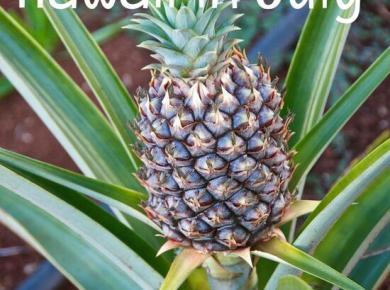
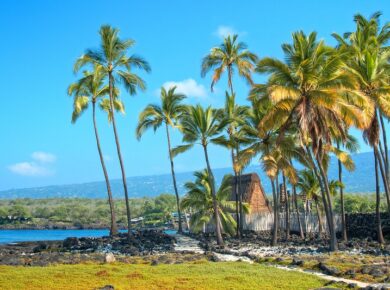
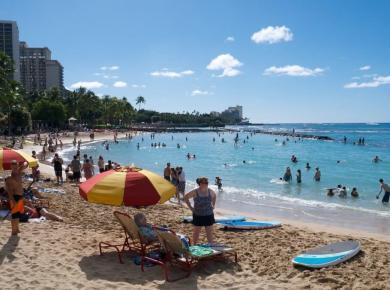
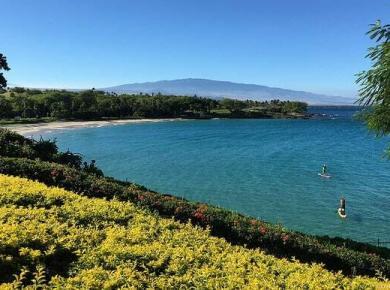
3 comments
Aloha Sheila…great Hawaiian music Q&A with Leah. There’s a lot of reasons Hawaiian music has found success globally and Leah/Mountain Apple are a huge part of that reason. Looking forward to seeing more Q&As with Hawaii folks in the future.
Thank YOU, golfnutn8!
i love dancing hula